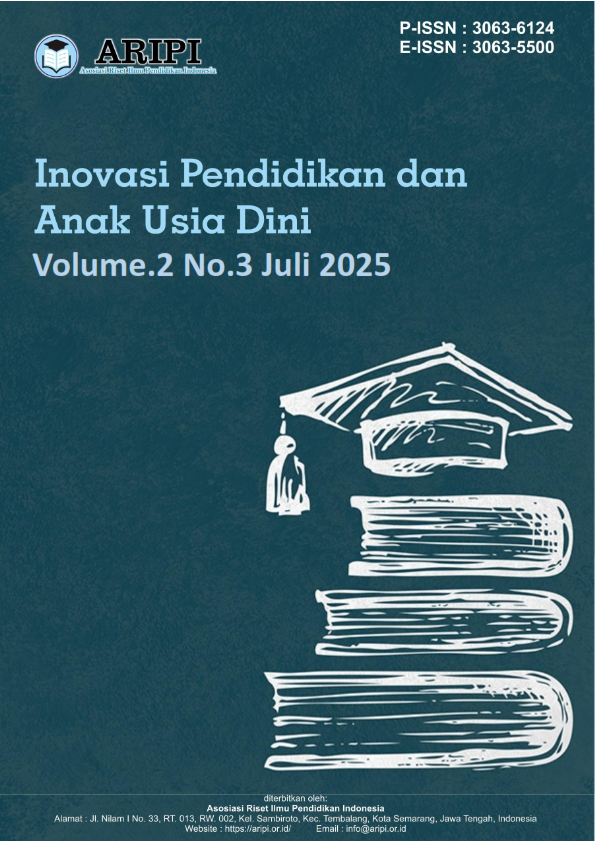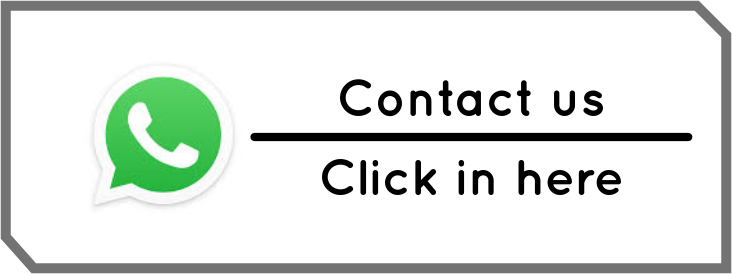Asasmen Perkembangan Kognitif Anak Usia 4-5 Tahun Melalui Pembelajaran di Kelas Taman Kanak Kanak
DOI:
https://doi.org/10.61132/inpaud.v2i3.361Keywords:
Assessment, Cognitive development, Descriptive observation, Early childhoodAbstract
This study aims to improve the cognitive development of children aged 4–5 years through observation of learning activities in a kindergarten. This study uses a descriptive observation method with five children as subjects. Observations were conducted for two days to observe children's abilities in several cognitive aspects, including the ability to find solutions when facing difficulties, group small and large objects, mention numbers 1–10, and distinguish between various colors. Data were collected through field notes using assessment instruments compiled based on indicators of early childhood cognitive development. The results of the study showed that most children were in the Very Well Developed (BSB) category for all observed indicators, although there were some children who were in the Developing According to Expectations (BSH) category. These findings indicate that the learning strategies implemented by educators have been able to stimulate cognitive development optimally, and can be used as a reference in compiling further learning programs.
References
Astuti, Y., & Rachmawati, P. (2020). Peningkatan kemampuan mengelompokkan anak usia 4–5 tahun melalui permainan sorting benda. Jurnal Cakrawala Dini: Jurnal Pendidikan Anak Usia Dini, 11(1), 52–59. https://doi.org/10.17509/cd.v11i1.23834
Berk, L. E. (2013). Child development (9th ed.). Pearson Education.
Direktorat Pembinaan PAUD. (2015). Pedoman penilaian perkembangan anak usia dini. Kementerian Pendidikan dan Kebudayaan Republik Indonesia.
Fitriani, E., & Haryanto, B. (2020). Pengaruh media pembelajaran konkret terhadap kemampuan mengenal angka anak usia dini. Jurnal Obsesi: Jurnal Pendidikan Anak Usia Dini, 4(2), 832–840. https://doi.org/10.31004/obsesi.v4i2.378
Frostig, M., & Maslow, P. (1973). Learning readiness: A psychosocial approach. Grune & Stratton.
Hurlock, E. B. (2003). Psikologi perkembangan: Suatu pendekatan sepanjang rentang kehidupan (Edisi ke-5). Erlangga.
Jalal, F., & Musthafa, B. (2001). Pendidikan anak usia dini: Investasi masa depan. Gramedia Widiasarana Indonesia.
Kementerian Pendidikan dan Kebudayaan. (2020). Indikator pencapaian perkembangan anak usia dini usia 4–5 tahun. Direktorat PAUD.
Musfiroh, T. (2019). Strategi pengembangan kognitif anak usia dini. UNY Press.
Nursalim, M., & Rachmawati, E. (2021). Stimulasi visual dalam mengenal warna pada anak usia dini. Jurnal Golden Age: Jurnal Ilmiah Tumbuh Kembang Anak Usia Dini, 6(1), 44–53. https://doi.org/10.14421/jga.2021.61-04
Papalia, D. E., Olds, S. W., & Feldman, R. D. (2008). Human development (10th ed.). McGraw-Hill.
Piaget, J. (1964). Development and learning. Journal of Research in Science Teaching, 2(3), 176–186. https://doi.org/10.1002/tea.3660020306
Sujiono, Y. N. (2017). Konsep dasar pendidikan anak usia dini. PT Indeks.
Vygotsky, L. S. (1978). Mind in society: The development of higher psychological processes. Harvard University Press.









